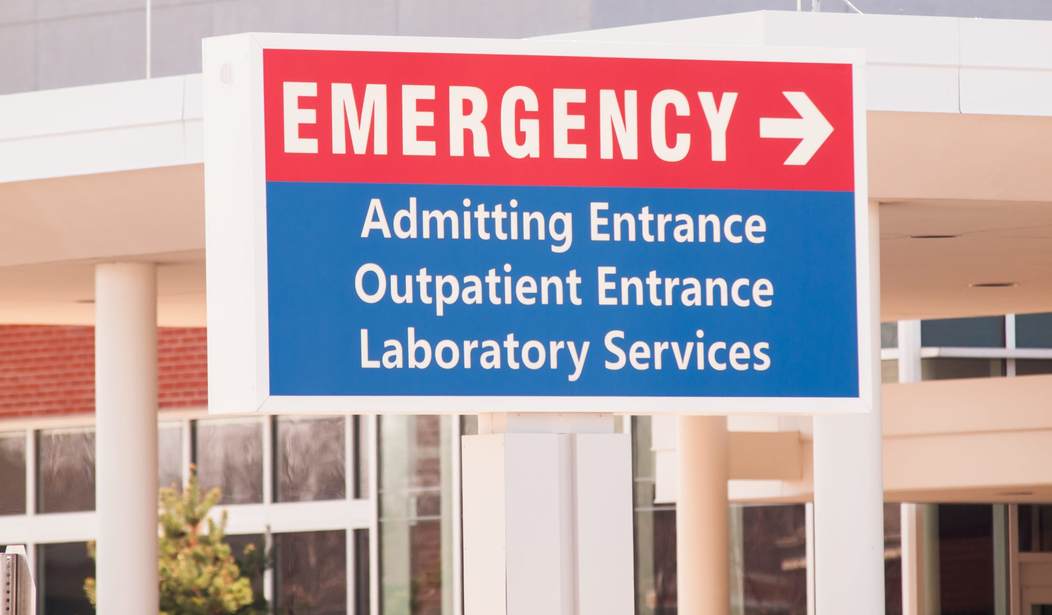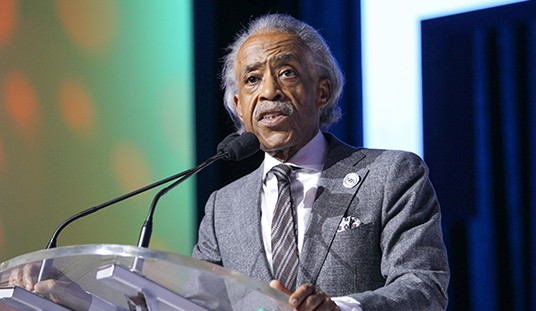The late anarchist philosopher, Ivan Illich, claimed that institutionalized Western medicine had become a threat to health, both because of its frequent therapeutic mishaps and because of the damage it did to people’s outlook on life. One would not have to go this far to recognize that medicine can do harm as well as good; according to a recent paper in the New England Journal of Medicine, up to 4 percent of emergency admissions to hospitals are caused by adverse reactions to prescribed drugs, at a cost (in the United States alone) of $19.6 billion – a figure that I find suspiciously precise.
An experiment conducted in Scotland attempted to establish whether primary care physicians could be induced to prescribe less dangerously, thereby – it was hoped – reducing the rate of hospitalization for adverse reactions to drugs. Sixty-six practices of primary care physicians were approached to take part in the study, of whom 34 agreed, one later dropping out. This in itself is important, because the results that apply to the willing practices might not apply to the unwilling ones.
The practices were offered three interventions: education by a pharmacist and written material on the hazards of simultaneously prescribing Non-Steroidal Anti-Inflammatory Drugs (NSAIDs) and antiplatelet medications such as aspirin or clopidogrel; a computerized warning system informing doctors of hazardous prescribing; and a monetary incentive to follow up with patients at risk that amounted on average to 0.6 per cent of their income. The practices received these interventions at different times, and the prescribing behavior of the doctors was monitored before, during and after the interventions. (Hazardous prescribing is not necessarily wrong in itself, but the benefits to the patient should outweigh the risks, and it should be done consciously after due consideration, not by inadvertence.)
The adverse effects of NSAIDs prescribed with antiplatelet medications is one of the largest causes of emergency admission to hospitals for adverse drug reactions, though the authors do not tell us what proportion of such admissions are caused by the combination.
The results of the experiment were very interesting. Hazardous prescription fell markedly, from 3.7 to 2.2 percent of patients with special risks of developing side-effects (who themselves made up about 10 percent of all the doctors’ patients, a proportion that surprised me). This meant that, after the intervention, about 1 in a thousand of the doctors’ patients was not prescribed this combination (that would have been hazardous for them) who would otherwise have been prescribed it.
Emergency hospital admissions for the consequences of hazardous prescription of NSAIDs and antiplatelet drugs declined markedly. For example those for gastrointestinal bleeding – a common side-effect of these drugs – fell from 55.7 to 37.0 per 10,000 patient years. This means that, of 500 patients taking the two drugs for twenty years, roughly one a year would avoid a hospital admission for gastrointestinal bleeding as a result of the interventions. About two admissions per practice per year for this adverse effect would be avoided.
Does the experiment show that doctors are educable or bribable, or both? Unfortunately, since the three elements of the intervention (education, computer warnings or reminders, and money) were delivered at the same time, it is impossible to know which had the main effect. However, whichever it was, the effect lasted for at least 48 weeks after the financial incentive was withdrawn.
As is often the case with experiments such as this, the question arises as to whether the light was worth the candle. The number of hazardous prescriptions the doctor might write is legion; he cannot be bribed into making none of them. Whether education to proceed with caution with one drug combination generalizes in the doctor’s mind to others is unknown. Computer programs to warn doctors already exist and are frequently ignored. Was this a great advance or merely an interesting experiment?









Join the conversation as a VIP Member